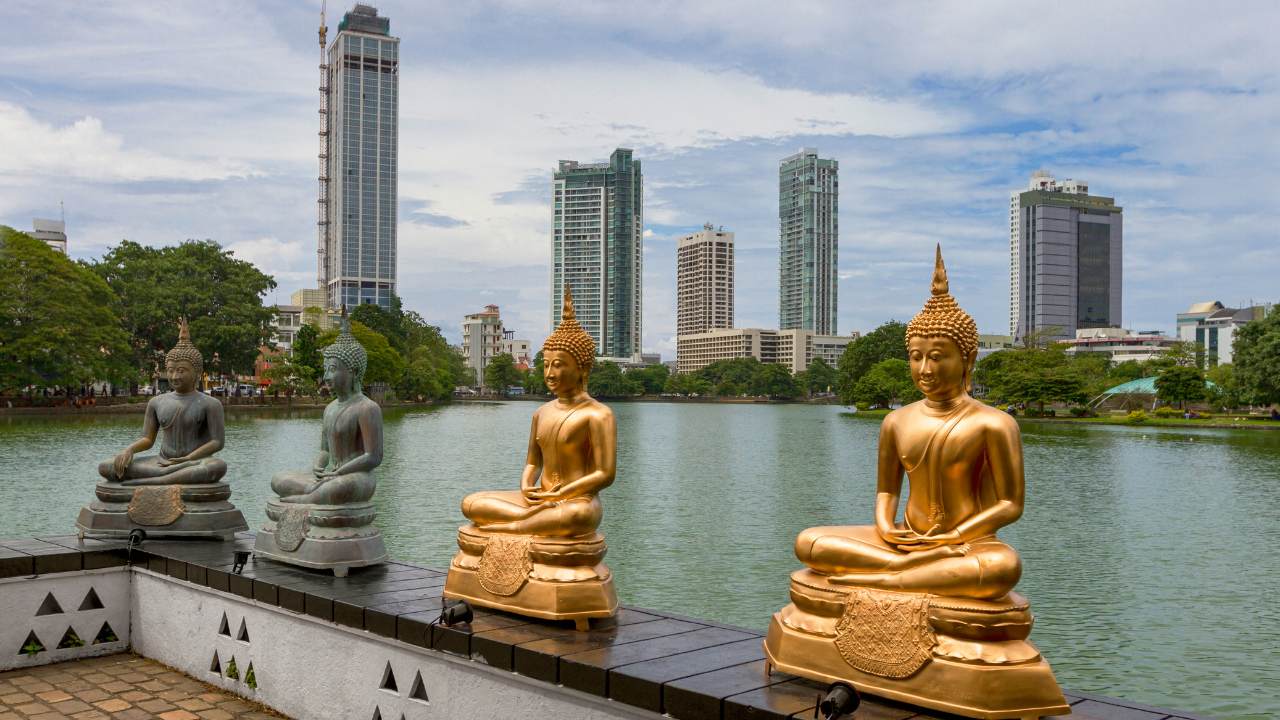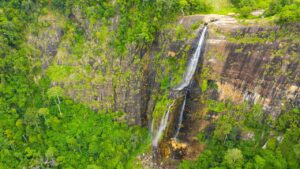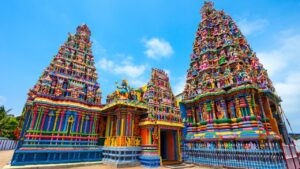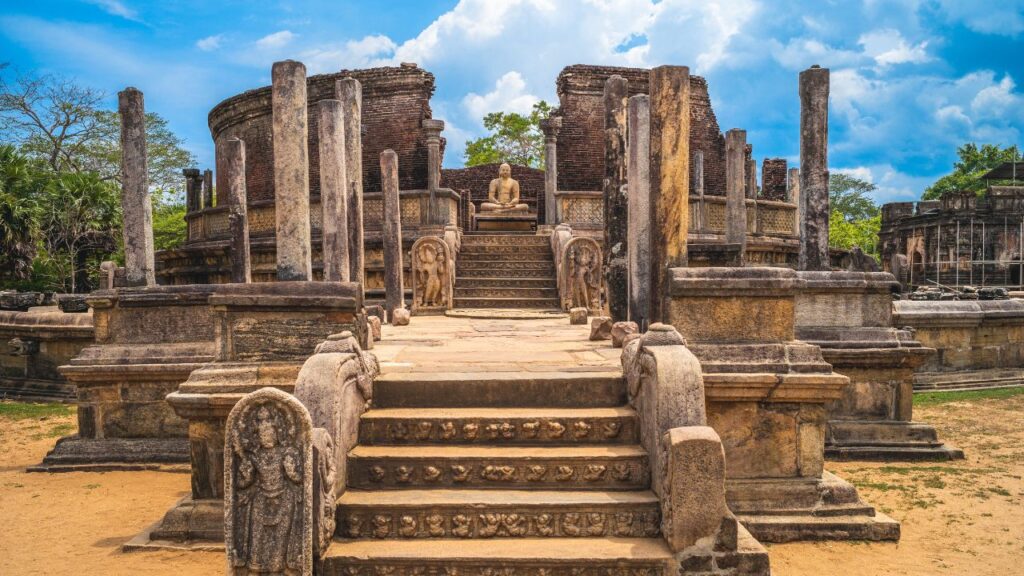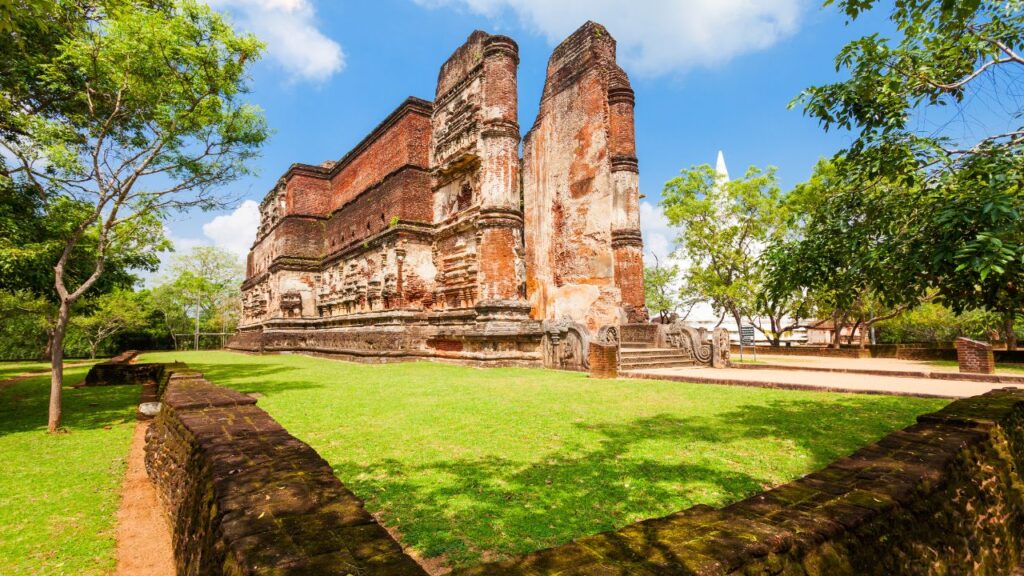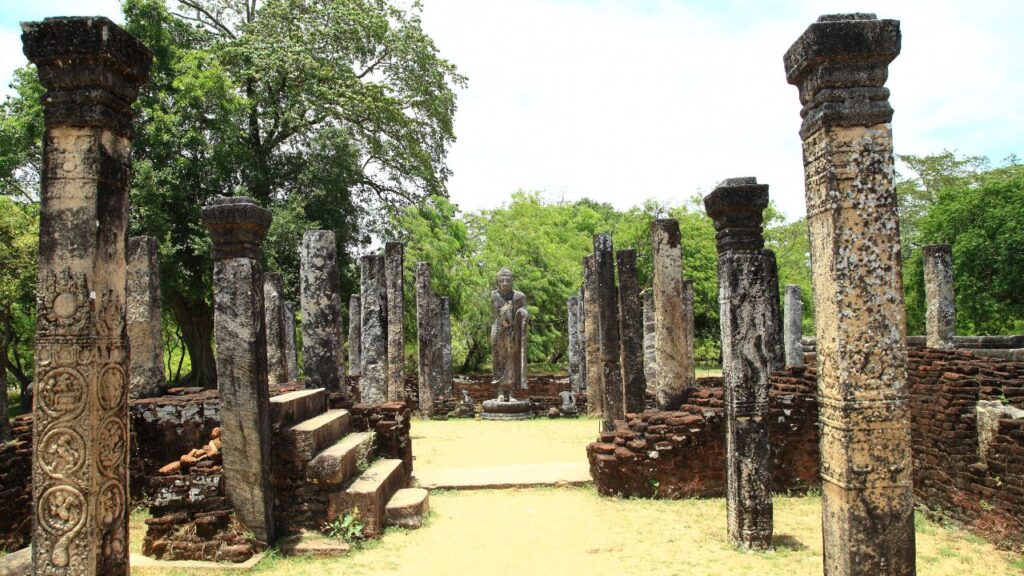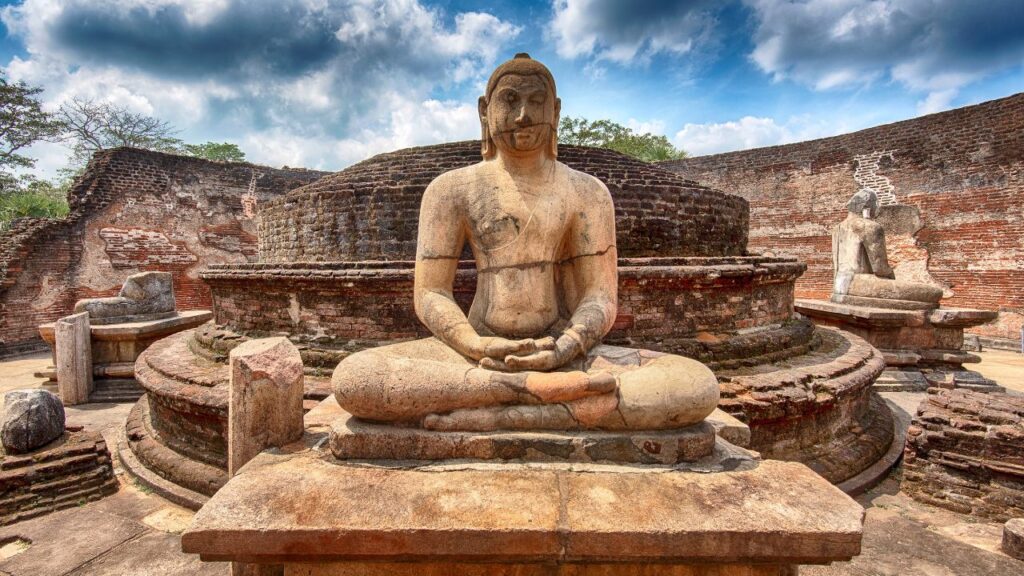Polonnaruwa, the second ancient capital of Sri Lanka, is a mesmerizing blend of history, architecture, and spirituality.
If Anuradhapura was the dawn of Sri Lankan civilization, Polonnaruwa was its golden midday — a period of unmatched cultural brilliance and prosperity.
Declared a UNESCO World Heritage Site, this medieval kingdom remains one of the best-preserved archaeological cities in Asia — an open-air museum where stone, water, and wisdom unite in perfect harmony.
The Golden Age of Polonnaruwa
Founded in the 11th century CE, Polonnaruwa rose to glory under King Parakramabahu the Great (1153–1186 CE).
During his reign, the city flourished as a center of politics, religion, and trade — attracting scholars, monks, and travelers from India, China, and Southeast Asia.
Polonnaruwa showcased a unique fusion of Sinhalese engineering, South Indian art, and Buddhist philosophy, reflecting the island’s cosmopolitan spirit and wisdom.
Gal Vihara – The Masterpiece in Stone
One of the most sacred and awe-inspiring sites in Polonnaruwa is the Gal Vihara, a temple carved in the 12th century CE during the reign of King Parakramabahu the Great.
This rock temple features four colossal Buddha statues — each sculpted from a single granite rock face.
The statues depict the Buddha in meditation, standing, and reclining postures, symbolizing peace, compassion, and enlightenment.
The reclining Buddha, stretching over 14 meters, is one of the most graceful stone sculptures in the world. The smooth lines and serene expressions carved into hard granite reflect the unmatched artistry of ancient Sri Lankan craftsmen.
Even after 900 years, the Gal Vihara radiates an atmosphere of profound tranquility — a place where stone seems to breathe spirituality.

